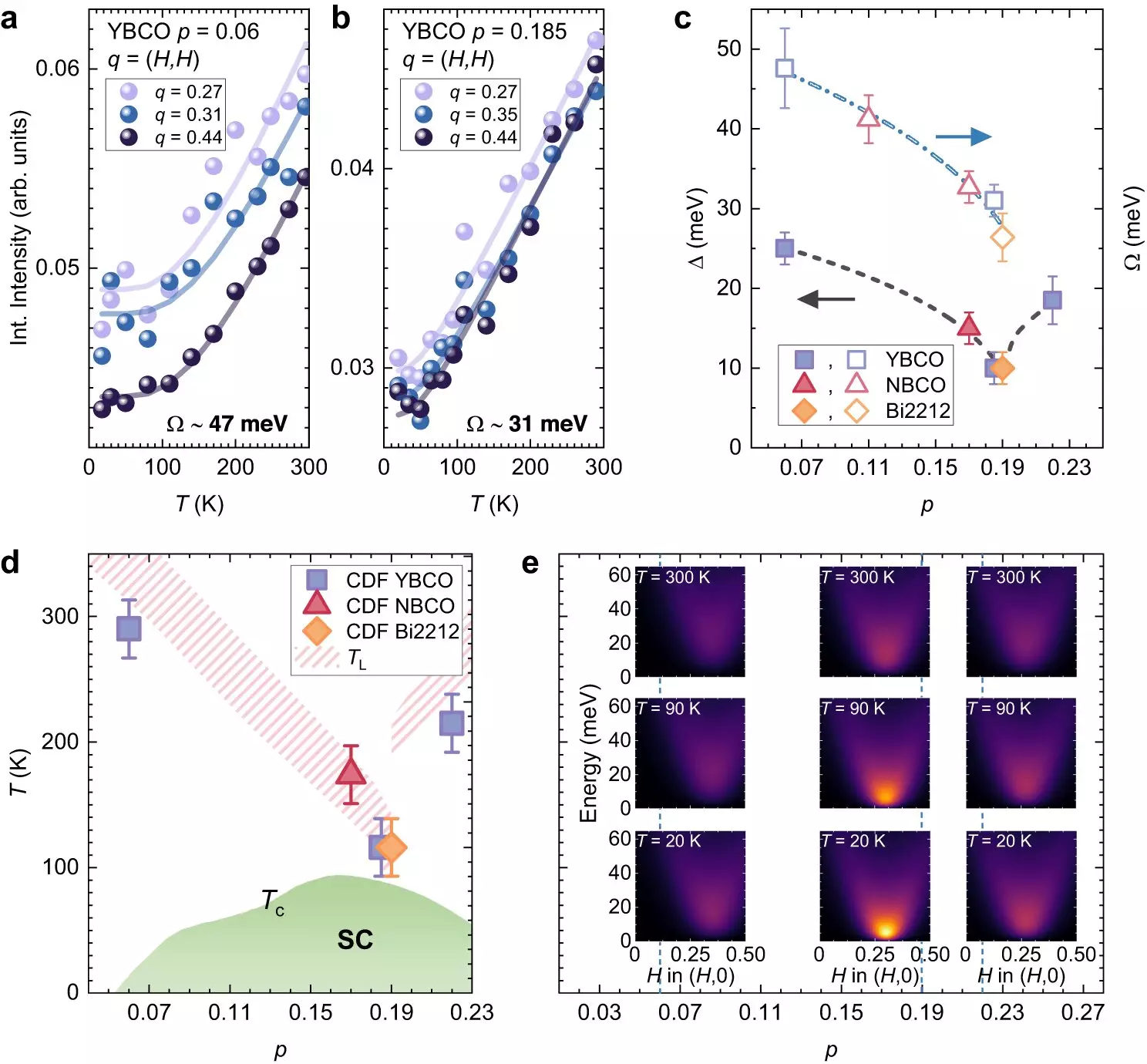In a recent study published in Nature Communications, researchers from Politecnico di Milano, Chalmers University of Technology, and Sapienza University of Rome have made significant progress in understanding the behavior of high-critical-temperature copper-based superconductors. These materials, even at temperatures above their critical temperature, exhibit strange properties that differ from those of normal metals. The findings suggest the existence of a quantum critical point associated with the phase known as “strange metal.” This breakthrough has the potential to shape the future of sustainable technologies and contribute to a more environmentally friendly world.
The concept of a quantum critical point refers to the conditions under which a material undergoes a sudden change in its properties solely due to quantum effects. Much like how ice transforms into liquid at 0°C due to temperature impacts, cuprates transition into a “strange” metal because of quantum charge fluctuations. Riccardo Arpaia, a researcher at Chalmers University, emphasizes the importance of this discovery in deciphering the behavior of high-temperature superconductors.
The research team conducted X-ray scattering experiments at the European Synchrotron ESRF and the British synchrotron DLS to gain insights into the effects of charge density fluctuations on cuprates. These fluctuations were found to impact the electrical resistance of the materials, resulting in their “strange” characteristics. By systematically measuring the variations in energy associated with these fluctuations, the researchers successfully identified the charge carrier density at which the energy reached its minimum: the quantum critical point.
The study represents over five years of intensive work, utilizing a technique called RIXS, which was primarily developed at Politecnico di Milano. The combination of numerous measurement campaigns and advanced data analysis methods provided compelling evidence for the existence of the quantum critical point. Giacomo Ghiringhelli, a professor at Politecnico di Milano and the research coordinator, highlights the importance of understanding cuprates in guiding the design of even better superconductive materials. These materials could potentially have higher critical temperatures, making them easier to employ in future technologies.
Sergio Caprara and his colleagues at Sapienza University of Rome proposed a theory that assigns a pivotal role to charge fluctuations in cuprates. Their work contributes to the overall understanding of the behavior of these high-critical-temperature superconductors, taking us one step closer to unraveling their mysteries.
The recent study on high-critical-temperature copper-based superconductors sheds light on the peculiar behavior of these materials, even at temperatures above their critical temperature. The concept of a quantum critical point and the impact of charge fluctuations have been established, providing valuable insights for future research and material design. By unraveling the mysteries behind cuprates, scientists can pave the way for the development of better superconductors with higher critical temperatures. Ultimately, this research has the potential to revolutionize technology and enable a more sustainable and environmentally friendly future.


Leave a Reply